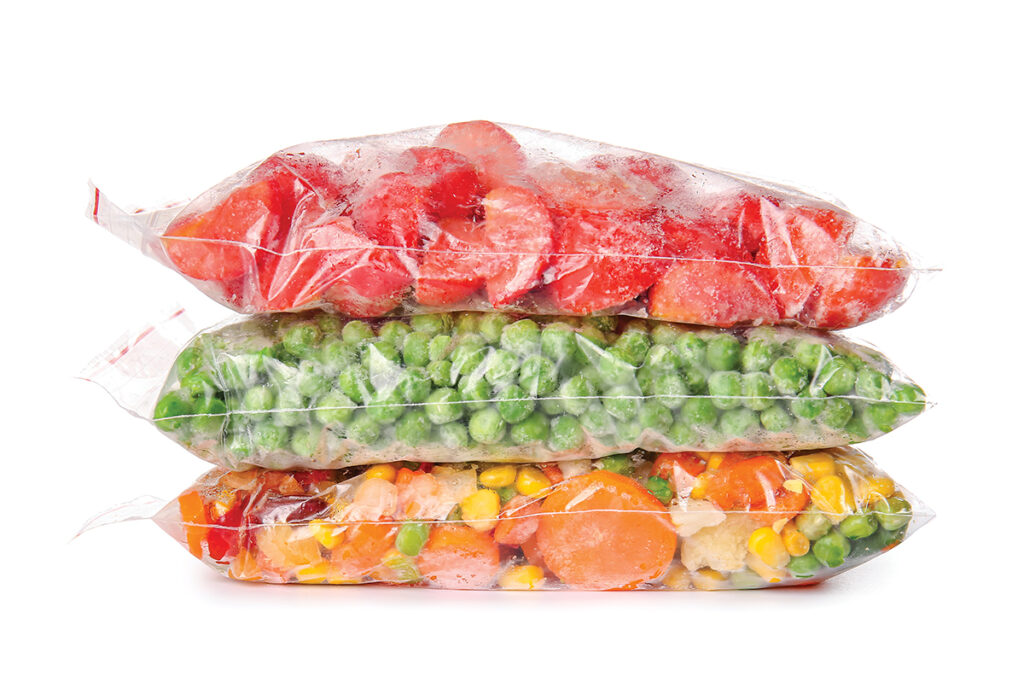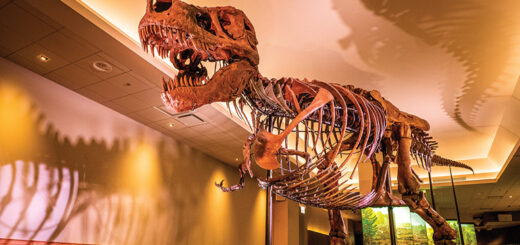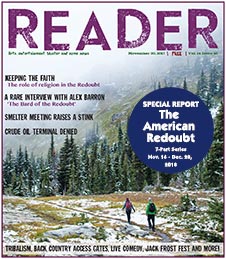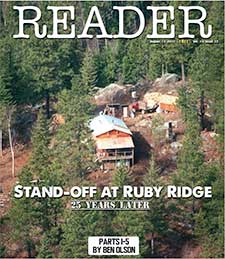Mad about Science: Food preservation
By Brenden Bobby
Reader Columnist
This week’s subject was a suggestion by Steve Sanchez. Thanks, Steve!
As any connoisseur of gas station sushi is aware, food preservation is important. We can’t always finish a meal in one sitting and need to be able to ensure that food stays safe to eat for at least a couple of days.
The primary goal of food preservation is to reduce the reproduction of bacteria that are also trying to eat our food. Two factors give bacteria an edge in reproducing in our food: heat and water. Often, reducing one or both factors will slow bacterial growth to a near-halt and allow our food to keep for much longer.
Today, this is frequently done by reducing temperature in an enclosed space — that is, using a refrigerator or freezer. These appliances work by compressing refrigerant and making it hot, which transitions it into a gaseous state. It is then pumped into cooling coils on the outside of the fridge where it cools and condenses back into a liquid. It moves back to the interior of the fridge in the form of a gold gas that absorbs heat and keeps the interior of the fridge cold, then starts the cycle over again.
Refrigerant comes in many forms, including propane, isobutane, ammonia, carbon dioxide or difluoromethane. If you want to know more about these compounds, check out the chemistry section of the nonfiction collection at the library: DDC 540.
Refrigeration as we know today didn’t exist until the 1700s, when thinkers and tinkers of their time developed something similar to a modern air conditioner. This was not widely utilized, as it was extremely expensive to create and maintain. Ice machines were developed using this technology in 1854, and at-home refrigerators began appearing in the early 1900s. That means humans were preserving food in other ways for at least 12,000 years before we started putting beer fridges in the garage.
Ancient foodies didn’t understand that microorganisms were at fault for food spoilage, but they were able to see meat, fruit and vegetables going bad before their eyes, particularly in warm and damp conditions. People in antiquity and perhaps earlier discovered sun-drying food on rocks slowed spoilage considerably — while this introduced heat, it reduced moisture and didn’t give bacteria as many opportunities to grow. UV radiation also contributed to killing bacteria, at least on the surface.
Smoking meat is another method of effective preservation. Similar to sun-drying, smoking adds heat but reduces moisture, but this isn’t the only secret to why smoked meat is preserved so well. Smoking also adds chemical compounds like formaldehyde to food, which can kill and slow bacteria from growing. It also creates an acidic barrier on the outside of the meat that keeps new bacteria from getting into the fibers and causing new spoilage.
Salting food is one of the most used methods for preserving food. Salt takes temperature out of the equation by simply dehydrating the food and effectively creating a “desert” for bacteria. No water means no bacteria, and salted food can last for a very long time. It also makes food taste good.
Fermentation has been used since at least the Neolithic period to preserve food, particularly chow that’s high in sugar content like fruit. Fermenting food with yeast creates a highly acidic environment that is inhospitable for bacteria. It also tends to lightly poison humans and get them drunk, which has always been a bonus in moderation.
The 19th century saw some innovation aside from refrigeration in the form of canning. The creation of airtight containers that could be heated to sterilize bacteria led to new forms of food preservation that were useful in both urban and rural areas. Heating the food killed bacteria while a lack of airflow or external moisture meant new microbes couldn’t spoil the food. This is still one of the most useful forms of food preservation in the home, as it doesn’t require large commercial equipment to mass-produce results for a family.
One of the most interesting recent developments is freeze drying food. Freeze drying works by freezing the food at a very low temperature to ensure all water content within the food becomes ice. The food is then placed into a vacuum chamber where the pressure inside is reduced and the ice transitions directly into gas while bypassing the liquid state in a process called sublimation.
The water vapor is attracted to a cold surface called a condensation plate, then removed. The food is then placed into an airtight container to eliminate the opportunity for any new water or bacteria to enter the food until it’s ready to eat.
Simply preserving food isn’t enough to keep it safe forever. We need to be able to keep the environment around the food controlled and pest-free. Packaging will degrade at some point, water will find its way back to our preserved food and the microbiome will do its thing to ruin our preserved foods. Given enough time, even food in airtight containers will spoil.
Preserving food isn’t meant to make food last forever, just long enough for us to eat it — so enjoy that jerky, slurp that kimchi and gnaw on that fruit leather like a dog with a slipper. Food is meant to be eaten, not stared at.
Stay curious, 7B.










 Coming up this week! Don’t miss Live Music, the Summer Sampler, the Art Party, Monarch Grind, the Sandpoint Renaissance Faire, and more! See the full list of events in the
Coming up this week! Don’t miss Live Music, the Summer Sampler, the Art Party, Monarch Grind, the Sandpoint Renaissance Faire, and more! See the full list of events in the 